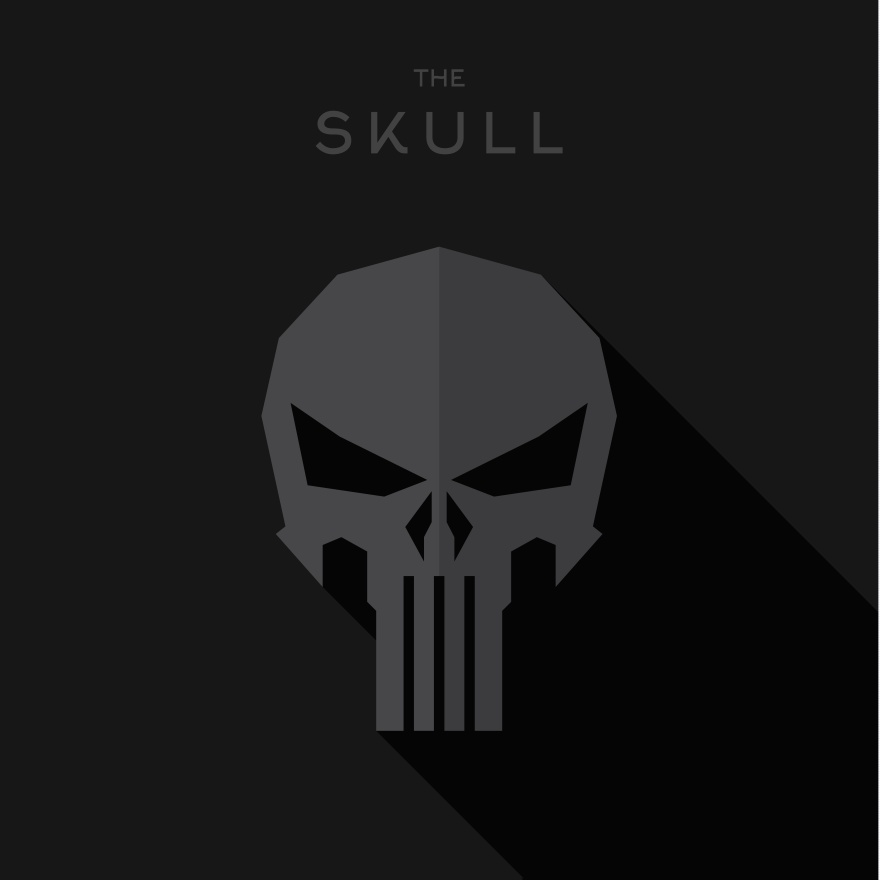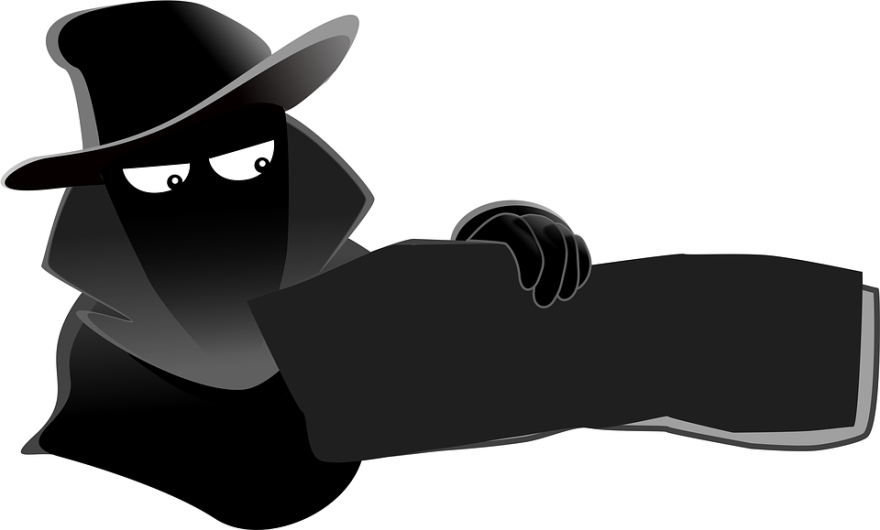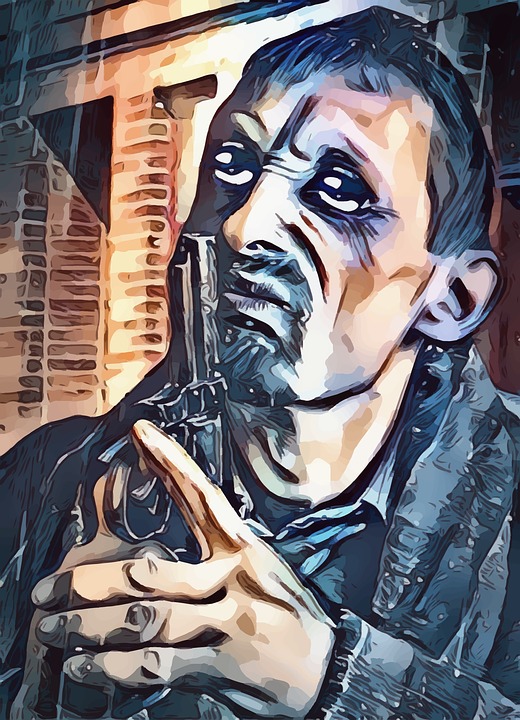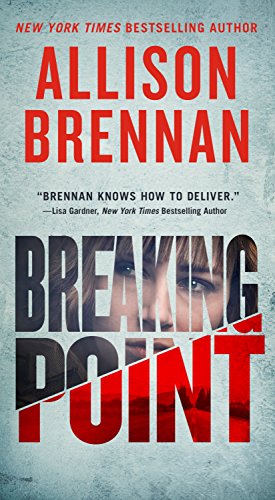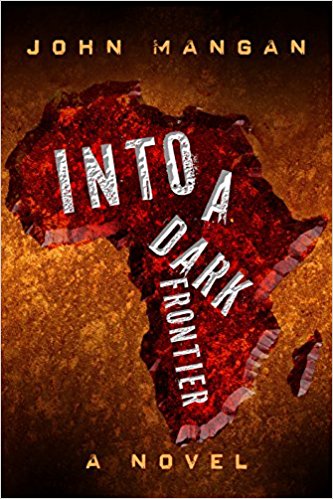
The Motivating Factor
By Daniella Bernett
What is crime?
It begins as a kernel of an idea that metamorphoses itself into a series of thoughts that lead to a transgression against the law and, sometimes, the taking of a human life. It upsets the balance in a safe and ordered world. But this turmoil and chaos are precisely what an author craves and desperately needs when guiding the reader down the dark twists and turns—and dare I say dead ends?—of a mystery or thriller. But before an author can permit his or her imagination to completely unravel the tale one tantalizing layer at a time, there must be a reason, a motive. Without a motive, there would be no story because there would be no crime.
Motive is just as critical as character. A reader must suspend belief for a time and think, “This could happen.” “This person could be real.” For a story to have an air of authenticity, it is essential that an author thoroughly understand the criminal’s, and the sleuth’s, mindset before sitting down to write.

In life, each one of us is shaped by the myriad people with whom we come into contact; the situations in which we find ourselves; and the opportunities we’re given or let slip through our fingers. It is this confluence of factors, combined with our inherent nature and temperament, which make us unique. So too must it be in a mystery. One character’s motives are different from another’s because of his or her reactions to a particular situation, whether it be a perceived slight, a kind gesture or downright duplicity.
Among the juicy plethora of motives for murder tucked in an author’s arsenal are love (both romantic and unrequited); jealousy; greed; revenge; blackmail; and insanity. I must admit I find insanity (although terrifying) a boring motive. Rather than devising a knotty reason for the crime, an author is taking the easy road by suggesting the killer could not help himself or herself. I believe it is much more fun coming up with a complex motive, or even better a melding of motives, and then leading the reader on a merry chase for the clues. It’s wicked, but quite necessary, to coax the dear reader down a few blind alleys. A red herring or two simply adds a smidgen of spice to the story and keeps it hurtling forward to a dramatic (and one hopes satisfying) denouement. On the same token, a sleuth’s motive is to seek justice—whether for the victim or society as a whole—to ensure that someone pays for the crime.

My series features journalist Emmeline Kirby as the sleuth. The core fabric of her being is finding the truth and seeing that justice is served. For her, it is anathema to allow a murderer or any other criminal to go free. Although noble and admirable, these motives at times have so consumed her that it has made her heedless of danger and plunged her into some harrowing predicaments. This impetuous streak is aided and abetted by Emmeline’s short temper. I mention this to highlight the human foibles to which all characters must succumb to make the story plausible. If readers can recognize and immediately relate to a character’s motives, the author has succeeded in making a connection.
My other protagonist is Gregory Longdon, a dashing jewel thief who is a gentleman at heart. Where to begin with Gregory? Is he a criminal or a sleuth? Well, the answer is a bit of both. His past is steeped in so many secrets and he’s trying to keep them from seeing the light of day. As opposed to Emmeline, he is not above stretching the truth upon occasion. Meanwhile wielding a rapier wit and charm, he takes tremendous pleasure in needling long-suffering Chief Inspector Oliver Burnell of Scotland Yard. Poor Burnell knows, without any doubt whatsoever, that Gregory has been responsible for a string of notorious jewel robberies in the U.K. and across Europe, but he has never been able to catch him red-handed. Burnell will never give up, though. His mission in life is to make sure that Gregory winds up as a guest of Her Majesty’s prison system. However while Gregory enjoys the thrill of the chase, one thing he could never condone is murder. Therefore, he is more than willing to offer his criminal—skills shall we say?—to help Emmeline and Burnell search for the culprit. After all, who better than a criminal to instantly understand the devious workings of another criminal’s mind.
What the author must remember is that humans are curious creatures. Readers must know why. You have to play on this thirst for answers to conjure up a nuanced motive that is at once intriguing but grounded in reason. A reason that at least your criminal rationalizes as justification for taking that fatal next step. If done with loving care and attention to detail, the reader will eagerly follow the story into the world of lawlessness, mayhem and murder that has risen like the phoenix from the smoldering ashes of your imagination.

Daniella Bernett is a member of the Mystery Writers of America New York Chapter. She graduated summa cum laude with a B.S. in Journalism from St. John’s University. Lead Me Into Danger, Deadly Legacy, From Beyond The Grave and A Checkered Past are the first four books in the Emmeline Kirby-Gregory Longdon mystery series. She also is the author of two poetry collections, Timeless Allure and Silken Reflections. In her professional life, she is the research manager for a nationally prominent engineering, architectural and construction management firm. Daniella is currently working on Emmeline and Gregory’s next adventure.
Visit www.daniellabernett.com or follow her on Facebook or on Goodreads.

